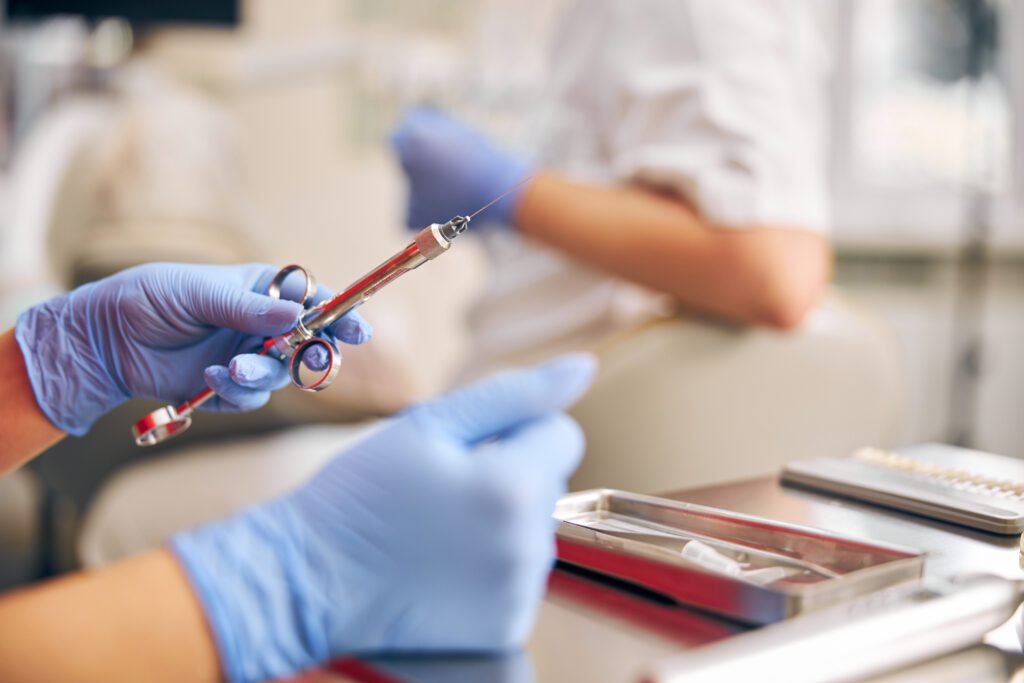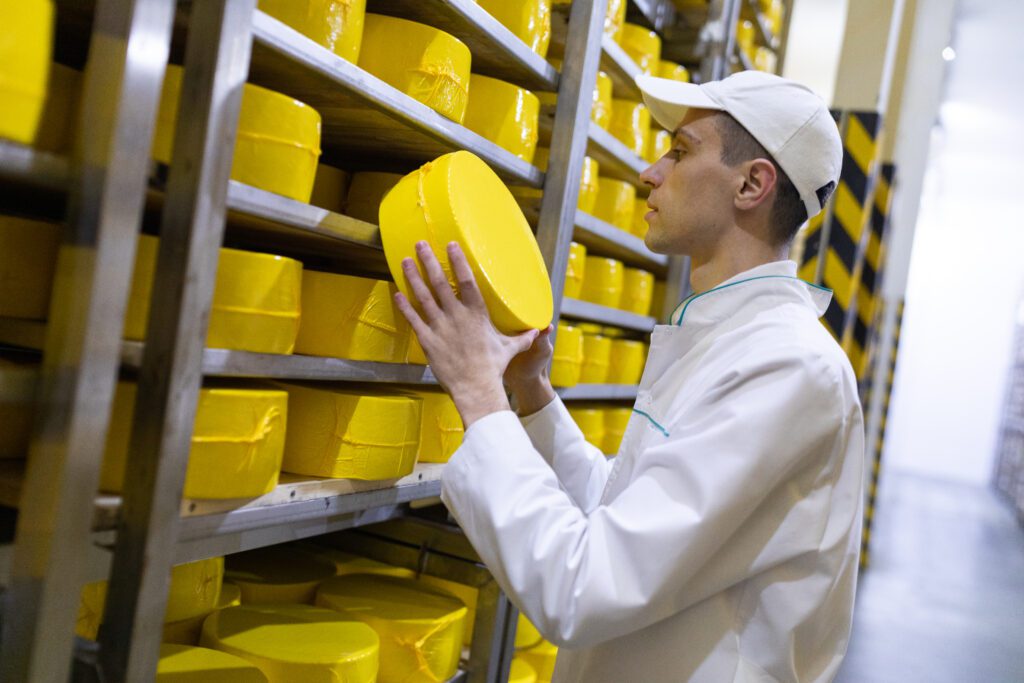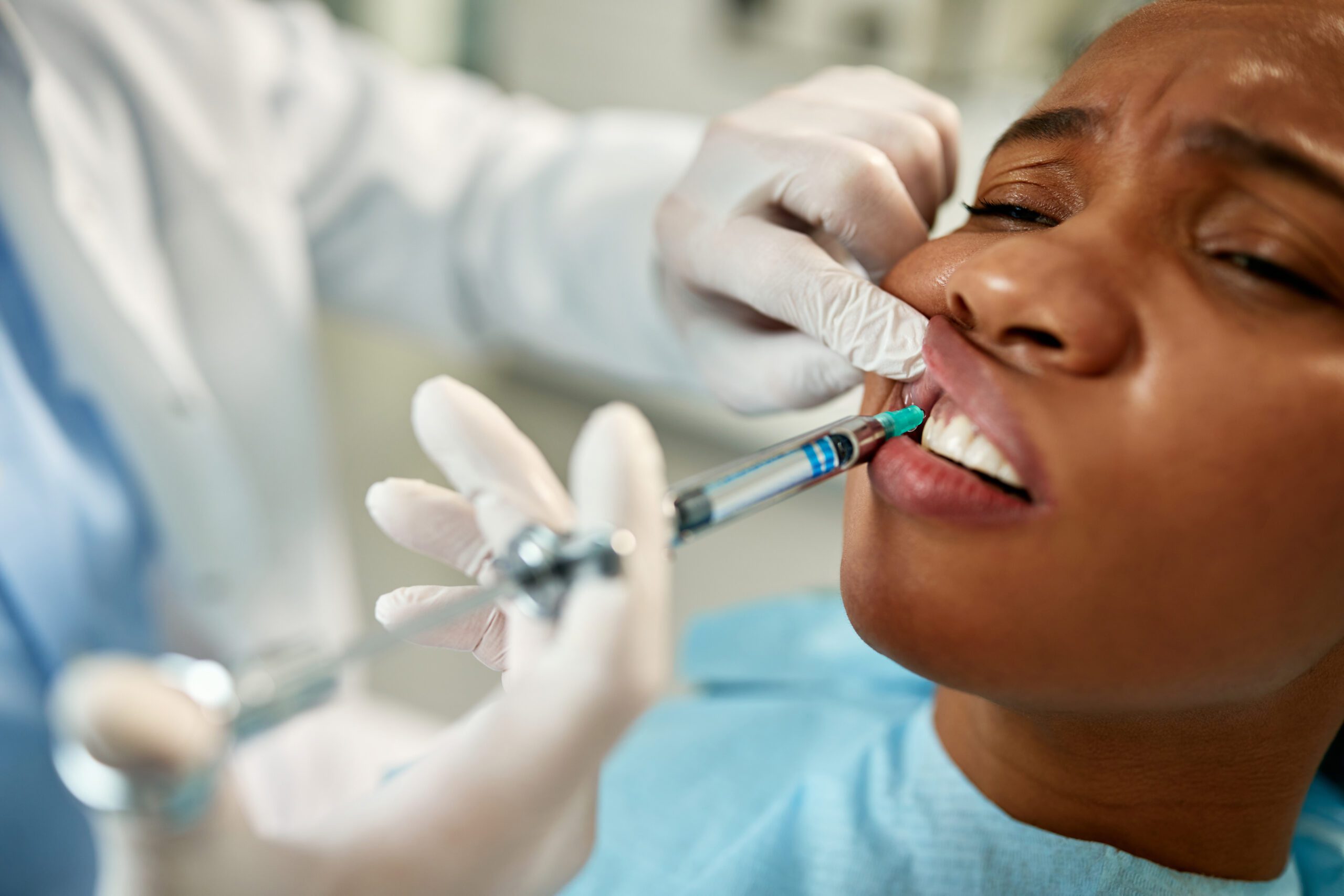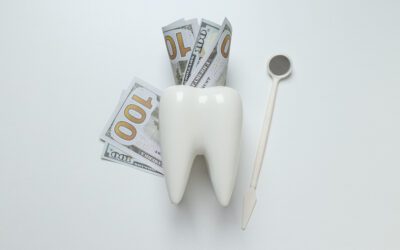Novocaine was once a widely used anesthetic in dentistry but now has become a thing of the past. Since it is no longer used, what do dentists use instead of Novocaine?
Dentists have since turned to more effective and safer alternatives developed over the years. Each anesthetic has specific benefits, and the selection process is tailored to the patient's unique situation. Understanding the available anesthetics can help patients feel more at ease during dental appointments.
The Novocaine Background
In 1905, Novocaine, also known as procaine, was first developed as a local anesthetic. Surprisingly, before its introduction, dentists relied on cocaine for numbing patients' mouths during dental procedures. Novocaine quickly became the preferred choice due to its reduced addictive side effects compared to cocaine.
Novocaine functioned by numbing a specific, localized area, allowing for pain-free dental treatments. However, dentists started to transition away from Novocaine over three decades ago, mainly due to the emergence of newer and safer local anesthetics.
The continuous emphasis on patient comfort and safety in dentistry has steered dental professionals towards alternatives that offer both effective results and minimal side effects. This drive towards better safety and efficacy has had an impact on the decline of Novocaine usage in modern dental practices. As a result, dentists now have access to a diverse range of local anesthetics, enabling them to address unique patient needs and concerns more effectively.

Alternatives to Novocaine
Dentists can now choose from a range of alternatives depending on factors such as patient needs and the complexity of dental procedures. These alternatives ensure a comfortable and safe experience for patients undergoing dental treatment.
Lidocaine: Widely Used in Dental Procedures
Lidocaine has been a popular anesthetic choice among dentists since 1948 due to its quick onset, longer duration, and fewer side effects compared to Novocaine. As an amide-type anesthetic, it offers a longer-lasting numbing effect. Often combined with epinephrine, Lidocaine's anesthetic effect is extended by slowing its absorption into the bloodstream.
Typically taking effect within 2-5 minutes of injection, the anesthesia can last for about 1-2 hours. However, some patients may experience side effects or allergic reactions, leading to alternatives like articaine or Bupivacaine being used.
Articaine: Effective for Many Dental Needs
Articaine is known for its fast onset of action and longer-lasting effects, making it suitable for a range of dental procedures. Its main advantage over Novocaine and Lidocaine is the depth of anesthesia it provides, contributing to increased patient comfort. Articaine is safe for patients of all ages, but its use in children under four years is not advised due to the lack of supporting data.
Mepivacaine: Suitable for Extended Procedures
Introduced in the 1960s, Mepivacaine remains a valuable local anesthetic due to its longer duration of anesthesia. Its milder vasodilating ability allows it to maintain its anesthetic effect without needing a vasoconstrictor. This makes it particularly useful for lengthier dental procedures.
Mepivacaine is also suitable for medically compromised patients who may risk complications due to elevated blood pressure or heart issues. Due to its versatility and popularity, Mepivacaine is considered the third most used anesthetic in the world.
Bupivacaine: For Additional Pain Management
Used in dental procedures requiring extended pain relief, Bupivacaine provides a longer duration of action than Novocaine. While not commonly used in routine dental treatments, it can be a suitable alternative to Lidocaine when extra pain management is necessary. Bupivacaine is not always the first choice for dental anesthesia, as the longer duration of soft tissue anesthesia can discomfort some patients.
Nitrous Oxide: Commonly Known as Laughing Gas
Nitrous oxide, a colorless and odor-free gas, is often co-administered with local anesthetics like Lidocaine for increased patient comfort. A small mask is placed over the nose, and patients inhale this gas, leaving patients conscious but dulling their pain and awareness. While some dentists have stopped using nitrous oxide due to possible risks associated with improper use, it remains popular for reducing dental anxiety or phobia and aiding relaxation during treatments.
General Anesthesia Options
Dentists now utilize diverse anesthesia alternatives with enhanced effectiveness and reduced side effects instead of Novocaine. Local, topical, and general anesthesia are the primary options within these alternatives.
Predominantly, local anesthesia is employed in dental procedures, numbing a specific region in the mouth without impacting the patient's overall awareness. In contrast, topical anesthesia is a jelly or gel substance applied to numb a particular area. It is generally used in minor dental operations or as a preliminary numbing agent before delivering a local anesthetic injection.
For more comprehensive dental surgeries, where the patient must be unconscious during the procedure, general anesthesia is used. A combination of medications may be applied to achieve deep sedation. The anesthetic choice depends on factors such as the patient's medical background, the intricacy of the surgery, and the dentist's expertise.
Dentists have access to a broad array of anesthesia techniques, enabling them to provide better pain management, minimize side effects, and customize the anesthesia plan according to each patient's distinct requirements and preferences.

The Selection Process for Anesthetics
For dental procedures, choosing the proper anesthetics is crucial to guarantee patients' comfort and safety. Over time, dentists have moved away from using Novocaine, as it can cause allergic reactions in some individuals. Instead, they have opted for safer and more effective alternatives.
Lidocaine, for example, has become a popular choice due to its reduced risk of provoking allergic reactions compared to Novocaine. This makes it a more acceptable option for a larger group of patients.
Aside from Lidocaine, dental practitioners can choose from various other anesthetic options depending on the individual needs of their patients. Additionally, they may employ alternative methods of attaining anesthesia for specific procedures. Examples include:
- Topical anesthesia: Applied directly to the oral tissues for minor procedures, offering relief without injections.
- Electronic dental anesthesia: Utilizes electrical currents to obstruct pain signals, eliminating the need for needles.
- Jet-injectors and iontophoresis: Innovative technologies that enable anesthesia delivery without traditional injections.
When selecting the most suitable anesthetic, dentists take a comprehensive approach, evaluating factors such as the patient's medical history, the dental procedure's type and complexity, and the potential risks and benefits associated with the chosen anesthetic agent. This careful consideration allows dental professionals to effectively manage pain and numbness while minimizing complications and ensuring patient safety.
Effects and Risks of Alternatives
Novocaine alternatives, such as Lidocaine, have become popular due to their effectiveness and reduced side effects. However, being aware of the potential consequences and risks associated with these substitutes is crucial.
A notable difference between Lidocaine and Novocaine is their onset time, with Lidocaine acting more rapidly and offering faster relief. Moreover, Lidocaine tends to have lower allergy rates, reducing the chances of adverse reactions. However, patients may still experience side effects, including:
- Redness or swelling at the injection site
- Lightheadedness
- Nausea
- Muscle twitching
Besides Lidocaine, dental practices may offer sedation options, such as oral or IV sedation (general anesthesia), for invasive procedures or anxious patients. Some may also use laughing gas (nitrous oxide) to manage pain and anxiety during simpler treatments.
Each method has its own set of risks and benefits. Laughing gas, generally considered safe, may cause temporary dizziness or headaches in some patients. In contrast, IV sedation carries a higher risk of complications but may be more suitable for patients undergoing lengthy or complicated procedures.
It is important to discuss these risks with your dental practitioner and seek professional health advice before considering local anesthetic alternatives. Being aware of potential side effects and how they may affect blood flow is crucial for making informed decisions about your dental care.

What Do Dentists Use Instead of Novocaine Wrap-Up
Novocaine is no longer the go-to dental anesthetic due to the accessibility of safer and more effective alternatives. Dentists choose from various anesthetics such as Lidocaine, Articaine, and Mepivacaine. When selecting appropriate anesthetics, they will base their decision on the patient's needs and procedure complexity to create a comfortable and safe experience.
This transition results in better dental experiences and positive outcomes for patients. Factors such as a patient's medical background, allergies, and the intricacy of the dental procedure guide dentists in choosing the most appropriate anesthetic. Regardless of the choice, the primary objective remains to provide pain control that is both safe and effective in various dental procedures, such as fillings, crowns, and root canals.
Frequently Asked Questions
Common Alternatives to Novocaine in Dentistry
Novocaine was once the most prevalent dental anesthetic, but it has been replaced by newer options like Lidocaine. Lidocaine is now the go-to choice for dental procedures like fillings, root canals, and extractions. Other alternatives, which all end with “-caine,” are also available.
Novocaine and Lidocaine: Same Family?
Yes, both Novocaine and Lidocaine belong to the ester anesthetics family. These drugs work by blocking pain-transmitting nerve signals. Dentists have switched to Lidocaine and similar alternatives due to their enhanced numbing effects, longer-lasting results, and reduced risk of allergic reactions.
Duration of Lidocaine Dental Injections
Typically, Lidocaine dental injections last between 1.5 to 2 hours. Factors like injection location, individual metabolism, and anesthetic solution strength impact the duration. If needed, the numbing effect can be prolonged by adding a vasoconstrictor, such as epinephrine, to the anesthetic solution.
Available Types of Dental Local Anesthesia
Several local anesthetics are available for dental procedures, with Lidocaine being the most common. Other options include articaine, Bupivacaine, and Mepivacaine. Each anesthetic has unique properties, and dentists choose the most appropriate one based on the procedure and the patient's medical history.
Pre-Injection Numbing Gels in Dentistry
To minimize discomfort from the initial needle insertion, dentists often apply a numbing gel or topical anesthetic on the injection site. Common active ingredients in numbing gels include benzocaine, Lidocaine, or tetracaine.
Non-Needle Alternatives for Dental Numbing
While needles are the most common method for numbing the mouth, there are alternatives. Some dentists offer needle-free anesthetics like electronic anesthesia or nitrous oxide (laughing gas) for specific procedures. These options may be less effective than injections but can provide relief for patients with dental anxiety or needle fears.




